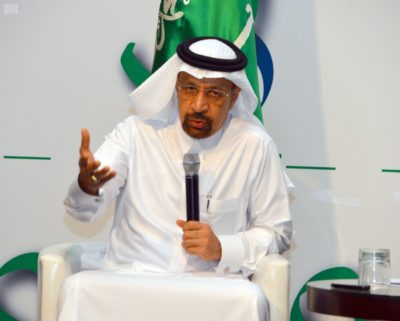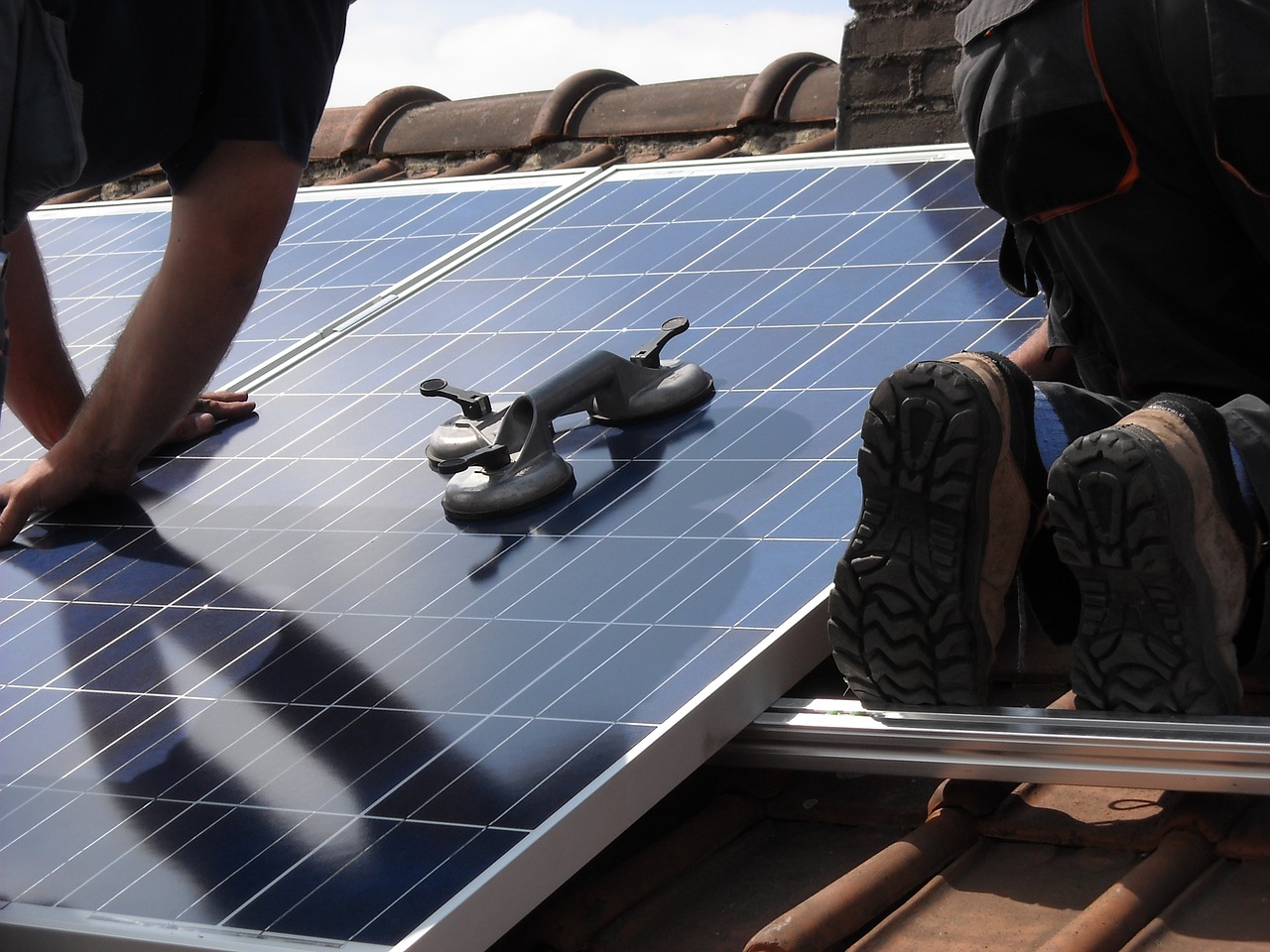With U.S. shale now forecasted by analysts and the U.S. EIA to out-produce Saudi Arabia and Russia in 2018, and Saudi Arabia needing to burn less of its own oil for domestic use and continue toward a more sustainable economy, alternative energy in the Kingdom has never been hotter. Saudi leaders have long talked about the benefit of a developed renewable energy industry in the Kingdom, but a perfect storm of international and domestic forces is providing officials with a golden opportunity to embrace alternative energy.
According to reports, the Kingdom is ready to capitalize on the opportunity this time. With a goal to source 10% of its power from renewable energy sources in the next 5 years, Saudi Arabia’s minister of energy, industry, and natural resources Khalid Al-Falih said Saudi Arabia is seeking investment of up to $7 billion of investment in the coming year to build about 4,000MW of renewable energy capacity.

Khalid Al-Falih, Saudi Arabia’s Minister of Energy, Industry, and Mineral Resources.
In total, Saudi Arabia hopes to add 40 GW of solar generating capacity to its grid over the next 20 years. This year, Saudi Arabia will tender for 3,200MW of solar power and 800MW of wind, this year, compared to 700MW in 2017.
The first Saudi larger-scale solar project, a 300MW Sakaka photovoltaic (PV) project in the northern Al Jouf region, is in the final stages of the bidding process with two companies shortlisted and financial closure for the project expected in February 2018.
In addition to solar and wind initiatives, Saudi Arabia will make big strides in 2018 toward developing a nuclear power industry. Saudi Arabia hopes to build up to 17 nuclear reactors to add 17 GW of nuclear electric power over the next two decades, a potential bonanza for international nuclear companies. This year, Saudi Arabia plans to award contracts in December for the construction of its first nuclear-power plants. The kingdom has received requests from five bidders from China, France, the U.S., South Korea and Russia to perform the engineering, procurement and construction work on two nuclear reactors, according to Bloomberg.
For Saudi Arabia, like in other sectors in accordance with Vision 2030, localizing content in the alternative energy value chain is the top priority.
Turki Mohammed Al Shehri, head of the Renewable Energy Project Development Office (REPDO), said that the ultimate aim of the National Renewable Energy Program is to create a globally competitive local industry. For example, the final shortlist for the 300MW Sakaka project did not include a bid by the UAE’s Masdar and the French company EdF that, at 1.79 US cents/kWh, was the lowest price offered for solar power anywhere in the world and 24% lower than ACWA Power’s bid, the 2nd lowest.
According to Forbes, REPDO has imposed demanding rules on localization, starting with a 30% local content requirement for projects awarded last year. In 2018, this requirement rises to 40-60% and from 2019 onward, REPDO wants to see more than 60% of equipment being made domestically.









